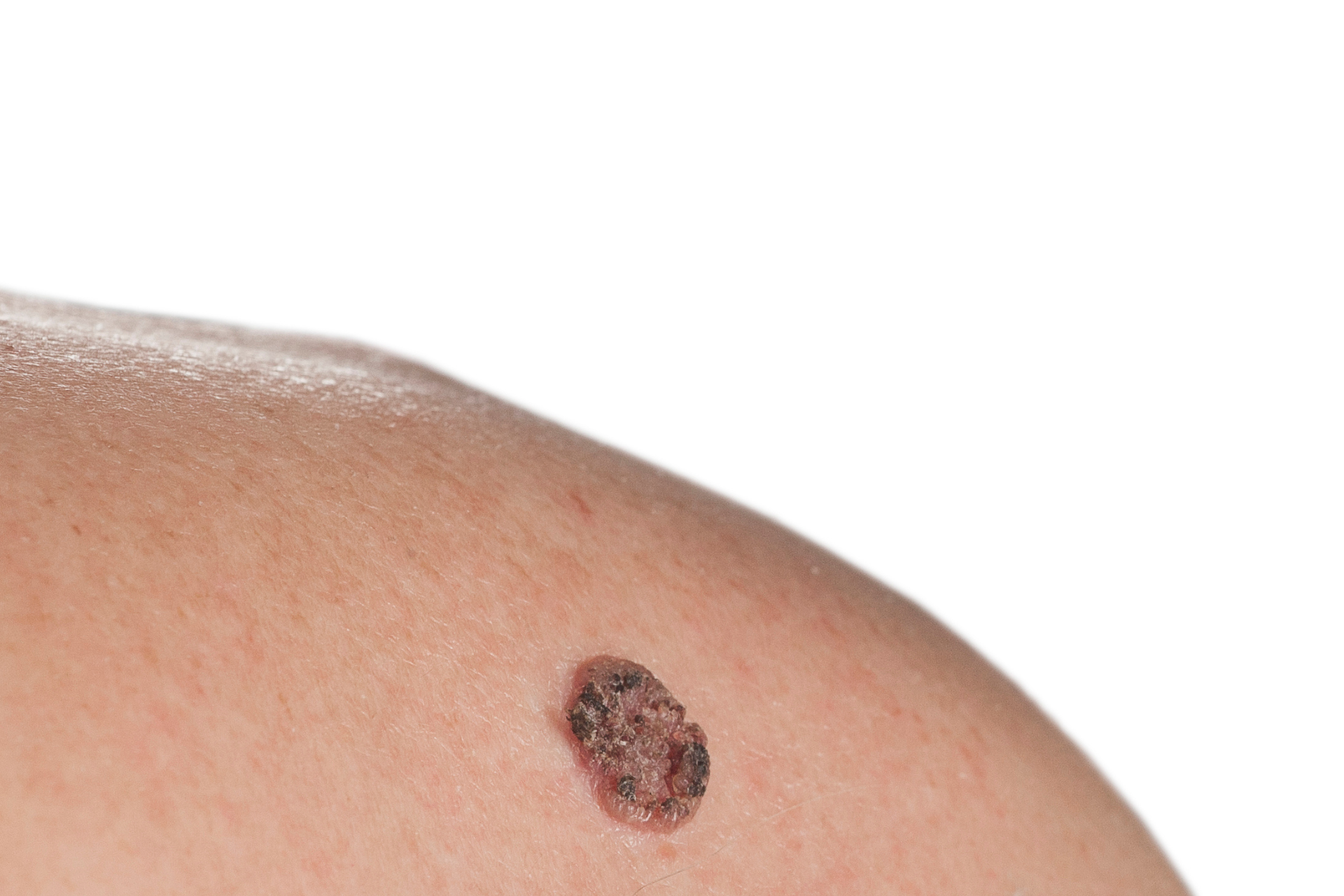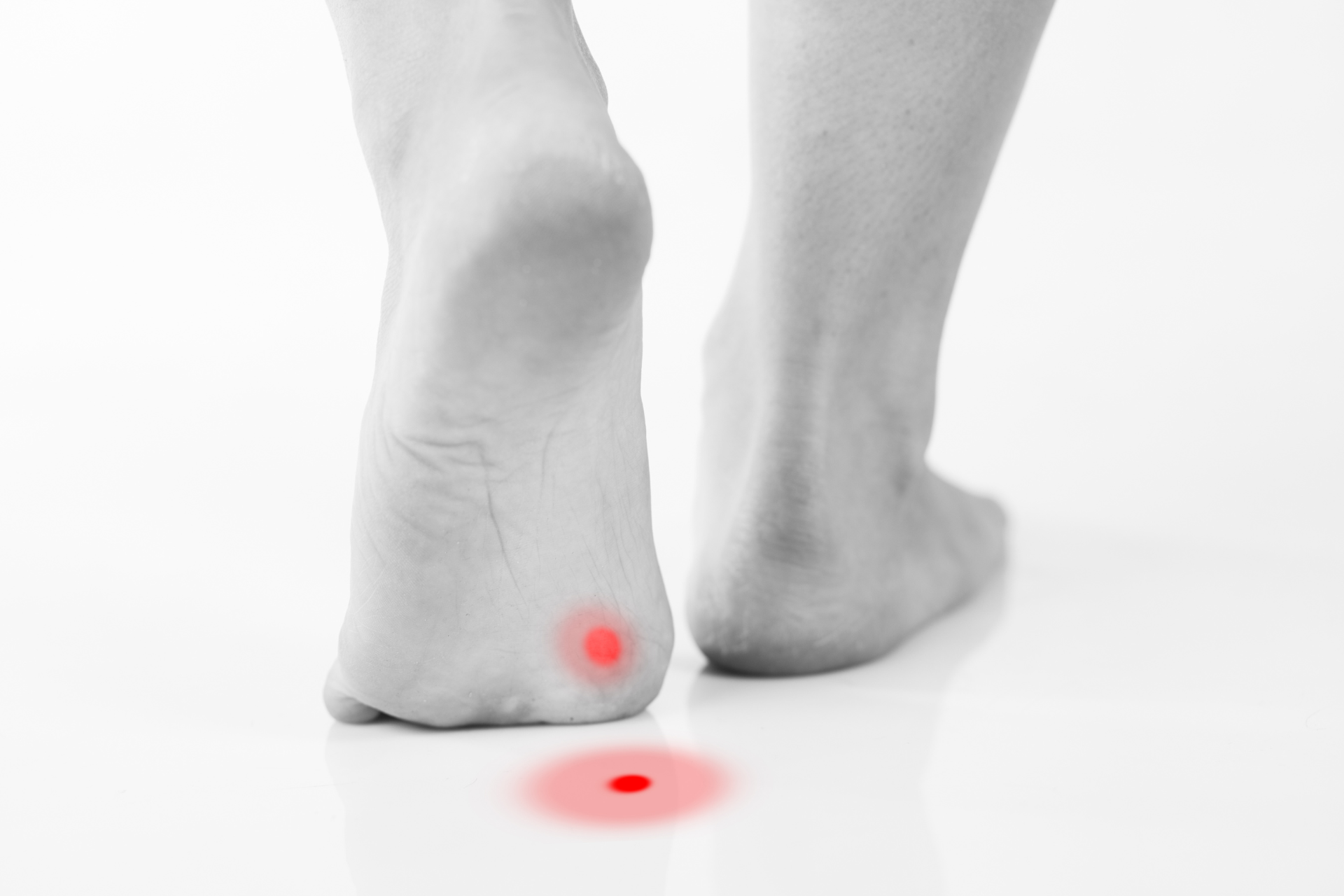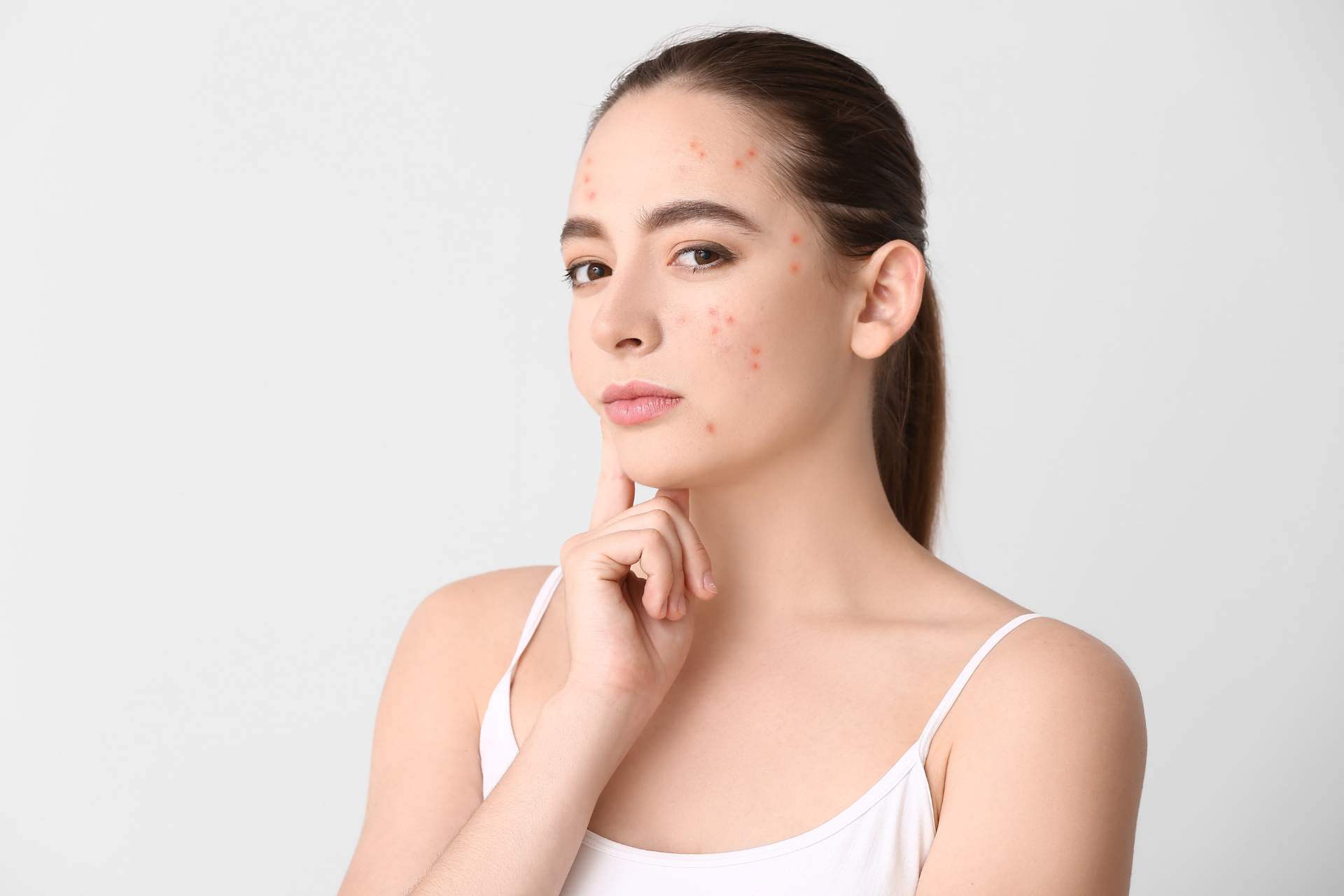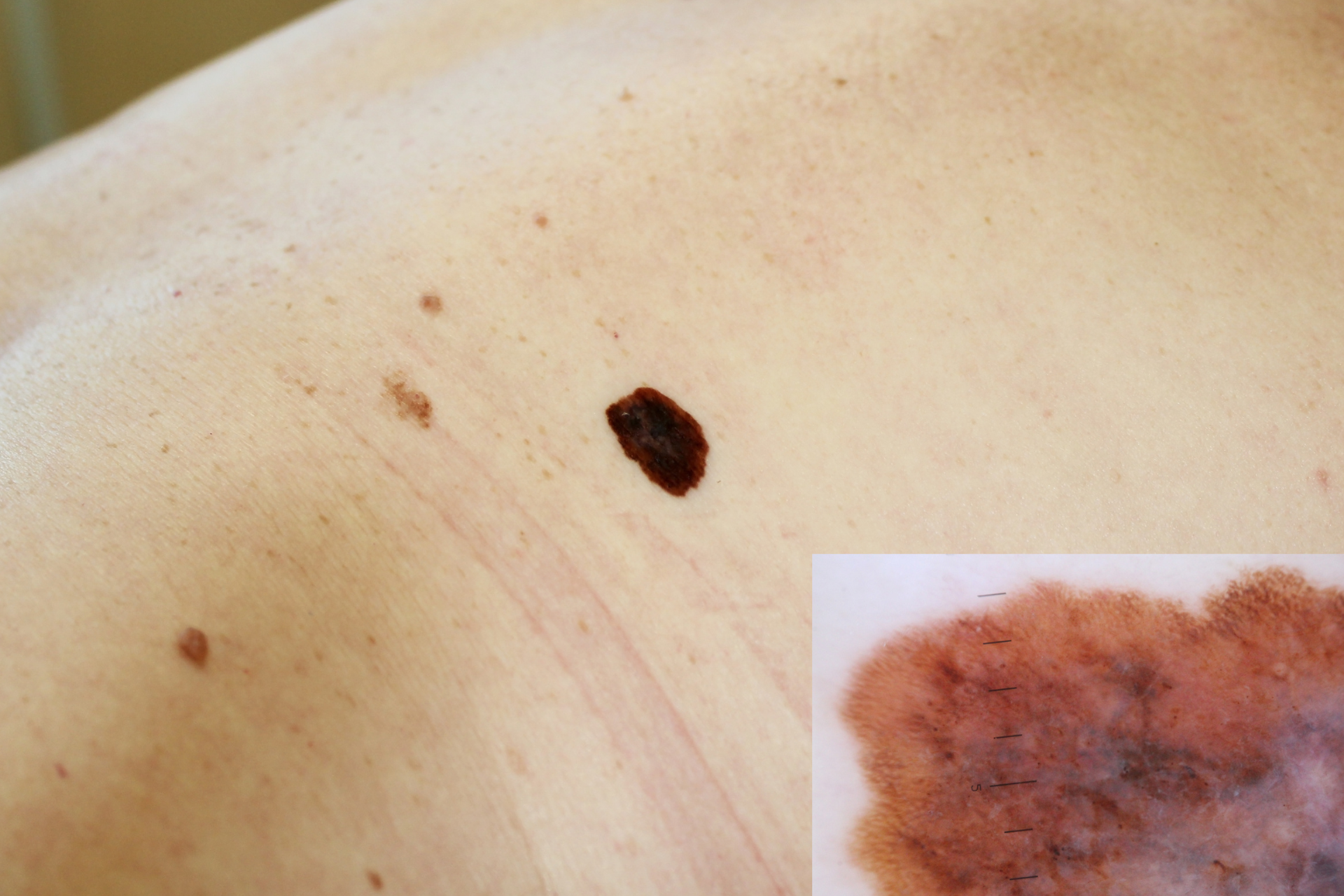Common Myths and Misconceptions About Skin Cancer

Introduction:
Skin cancer is one of the most prevalent forms of cancer worldwide, with millions of new cases diagnosed each year. Despite the widespread awareness of the dangers of skin cancer, there are still many misconceptions and myths that persist. In this blog post, we will debunk some of the common myths surrounding skin cancer and provide accurate information to help you protect your skin and overall health.
Myth 1: Only fair-skinned individuals can get skin cancer.
Fact
While it is true that individuals with fair skin are at a higher risk of developing skin cancer, people of all skin types can get the disease. Skin cancer does not discriminate based on skin color, and everyone, regardless of race or ethnicity, should protect their skin from harmful UV rays by wearing sunscreen and protective clothing.
Myth 2: You can't get skin cancer on cloudy days or in the winter.
Fact
UV rays from the sun can penetrate through clouds and cause damage to your skin, even on overcast days. Additionally, UV rays are present year-round, so it is important to protect your skin from the sun's harmful effects regardless of the season. Remember to wear sunscreen daily, even in the winter months, to reduce your risk of developing skin cancer.
Myth 3: Tanning beds are a safe way to get a tan without the risk of skin cancer.
Fact
Tanning beds emit harmful UV radiation that can damage your skin and increase your risk of developing skin cancer. Artificial tanning, whether from tanning beds or sunlamps, is not a safe alternative to natural sunlight. It is essential to avoid indoor tanning and opt for safer methods of achieving a tan, such as self-tanning products or spray tans.
Myth 4: Skin cancer is not a serious form of cancer.
Fact
Skin cancer is a potentially life-threatening disease that can spread to other parts of the body if left untreated. Melanoma, the most aggressive form of skin cancer, can be deadly if not detected and treated early. It is crucial to regularly check your skin for signs of skin cancer and seek medical attention if you notice any changes in your skin, such as new moles, irregular borders, or changes in size, shape, or color.
Myth 5: Once you have skin cancer, it will always come back.
Fact
With early detection and proper treatment, many cases of skin cancer can be cured. However, it is essential to continue monitoring your skin and attending regular check-ups with a dermatologist to detect any new or recurrent skin cancers early. By practicing sun safety measures and staying informed about skin cancer prevention, you can reduce your risk of developing the disease.
Conclusion:
Skin cancer is a serious health concern that affects people of all ages and skin types. By dispelling common myths and misconceptions about skin cancer, we hope to increase awareness and encourage individuals to take proactive steps to protect their skin and overall health. Fall Creek Skin and Health Clinic is committed to providing comprehensive care for skin-related issues, including skin cancer, and helping patients maintain healthy skin for life. Remember to practice sun safety, schedule regular skin exams, and seek medical attention for any concerning changes in your skin. Your skin health is worth protecting.




